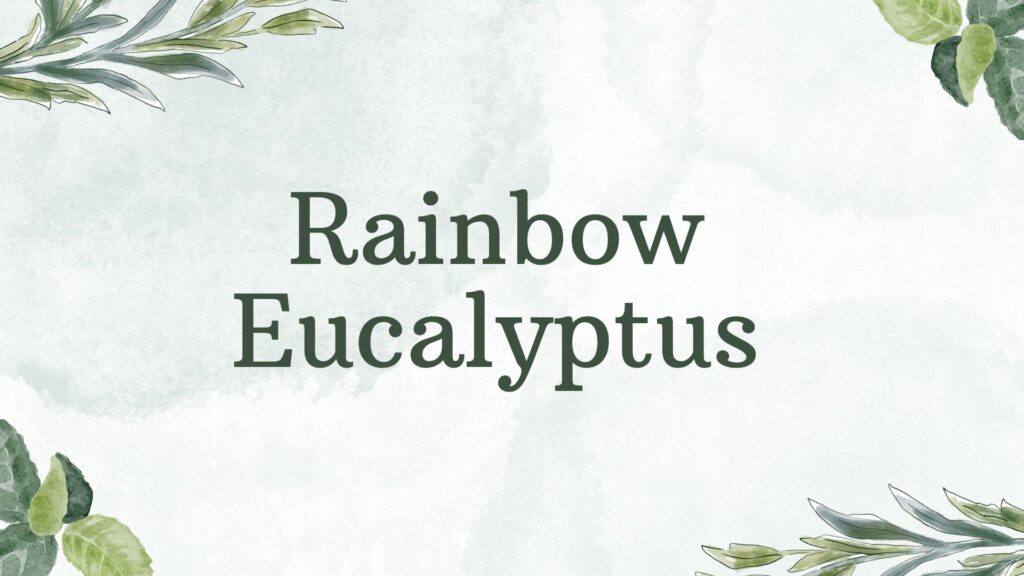
When we think of rainbows, we usually imagine them painted across the sky after a rainstorm. However, nature offers us another, more permanent rainbow—one that grows from the earth and reaches toward the sky. The rainbow eucalyptus (Eucalyptus deglupta) is one of the most visually striking trees on the planet, famous for its multi-colored bark that looks like an artist’s brushstrokes. It’s not just a tree; it’s a living work of art
A Tree Unlike Any Other
The rainbow eucalyptus is native to the Philippines, Indonesia, and Papua New Guinea, thriving in warm, tropical climates with plenty of rainfall. Unlike the more familiar eucalyptus trees of Australia, this species is the only eucalyptus that grows naturally in the Northern Hemisphere. It can reach heights of over 200 feet, making it one of the tallest tropical trees in the world
The Science Behind the Colors
Many people wonder what causes the rainbow eucalyptus’s unique coloration. The phenomenon is entirely natural and not the result of genetic modification or human interference. When the outer bark exfoliates, the fresh bark underneath is initially bright green due to the presence of chlorophyll. As the bark is exposed to air and sunlight, the chlorophyll breaks down, and other pigments develop. Tannins and phenolic compounds contribute to the orange, red, and purple hues that gradually appear.
This cycle repeats continuously, creating a kaleidoscope effect on the tree’s surface. No two rainbow eucalyptus trees have the same pattern, much like human fingerprints, adding to their charm and uniqueness
More Than Just Beauty
Although the rainbow eucalyptus is primarily admired for its stunning appearance, it also serves practical purposes. In its native regions, it is cultivated for pulpwood used in paper production. The tree’s fast growth rate and ability to regenerate quickly after harvesting make it a valuable resource for sustainable forestry.
The tree also provides shade and contributes to soil stabilization in tropical environments. Its broad canopy helps to prevent erosion and offers shelter to various forms of wildlife. In addition, the rainbow eucalyptus is not considered invasive, making it a relatively safe ornamental species in many non-native areas
Cultivating the Rainbow Eucalypts
Thanks to its breathtaking beauty, the rainbow eucalyptus has become popular in botanical gardens and as an ornamental tree in places like Hawaii, southern Florida, and parts of southern California. However, growing this tree successfully requires specific conditions.
Rainbow eucalyptus trees need a consistently warm climate, high humidity, and plenty of water. They prefer full sun and well-drained soil but can tolerate occasional flooding. Gardeners who live in temperate regions with cold winters will struggle to cultivate this tree outdoors, as it is sensitive to frost.
When planted in the right environment, the tree grows rapidly—sometimes up to three feet per year. Regular pruning is recommended to maintain its shape and encourage healthy growth
A Reminder of Nature’s Wonders
In a world where we often overlook the extraordinary beauty of our natural surroundings, the rainbow eucalyptus stands as a vivid reminder of nature’s creativity. Its mesmerizing colors, towering presence, and ecological contributions make it more than jus